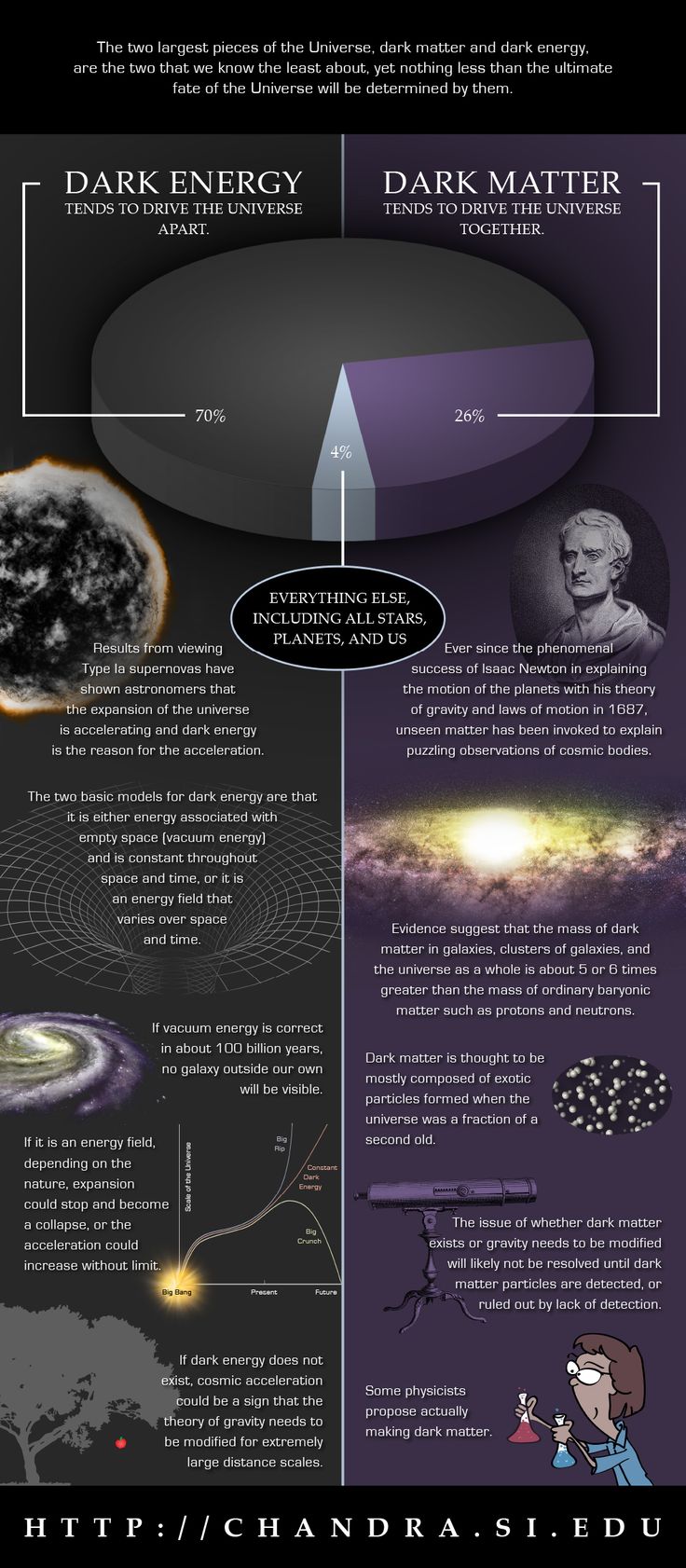In big update, minimum possible mass of dark matter particles revised
(Source – The Hindu, International Edition – Page No. – 7)
| Topic: GS3 – Science and Technology |
| Context |
|
Dark Matter Distribution
- Dark matter is distributed throughout the universe, but it is not evenly spread.
- In 1922, astronomer Jacobus Kapteyn suggested a dark matter density of 0.0003 solar masses per cubic light year, which equates to two protons per teaspoon.
- However, this measurement applies only to large-scale volumes (like millions of light-years), not smaller scales like inside a house.
- The distribution could either be uniform or in lumps, with varying spacings between dark matter particles depending on their mass.

| Dark Matter and Its Mass Limit |
|
The Impact of Particle Mass
- If dark matter particles are heavy (around 100 proton masses), they would be spaced by around 7 cm, possibly existing within your house.
- Heavier particles (up to 10-19 proton masses) would have spacings of 30 km, with dark matter particles occasionally passing through a house.
- For lighter particles (10-31 proton masses), the wavelength is larger, up to 200 light years, which would affect how dark matter interacts with dwarf galaxies.
Findings from New Research
- A May 2024 study used data from the dwarf galaxy Leo II to infer dark matter density and discovered that particles of 10-31 proton masses could not account for the observed mass in the galaxy’s inner regions.
- This suggests the need for heavier particles to explain the dense mass in those areas.
| Practice Question: Examine the implications of the revised minimum mass of dark matter particles on our understanding of its distribution and role in cosmic structures. How do such findings contribute to advancements in astrophysics and cosmology? (150 Words /10 marks) |
For more such UPSC related Current Affairs, Check Out: Understanding the Rupee’s Depreciation: Causes, Dynamics, and Implications
